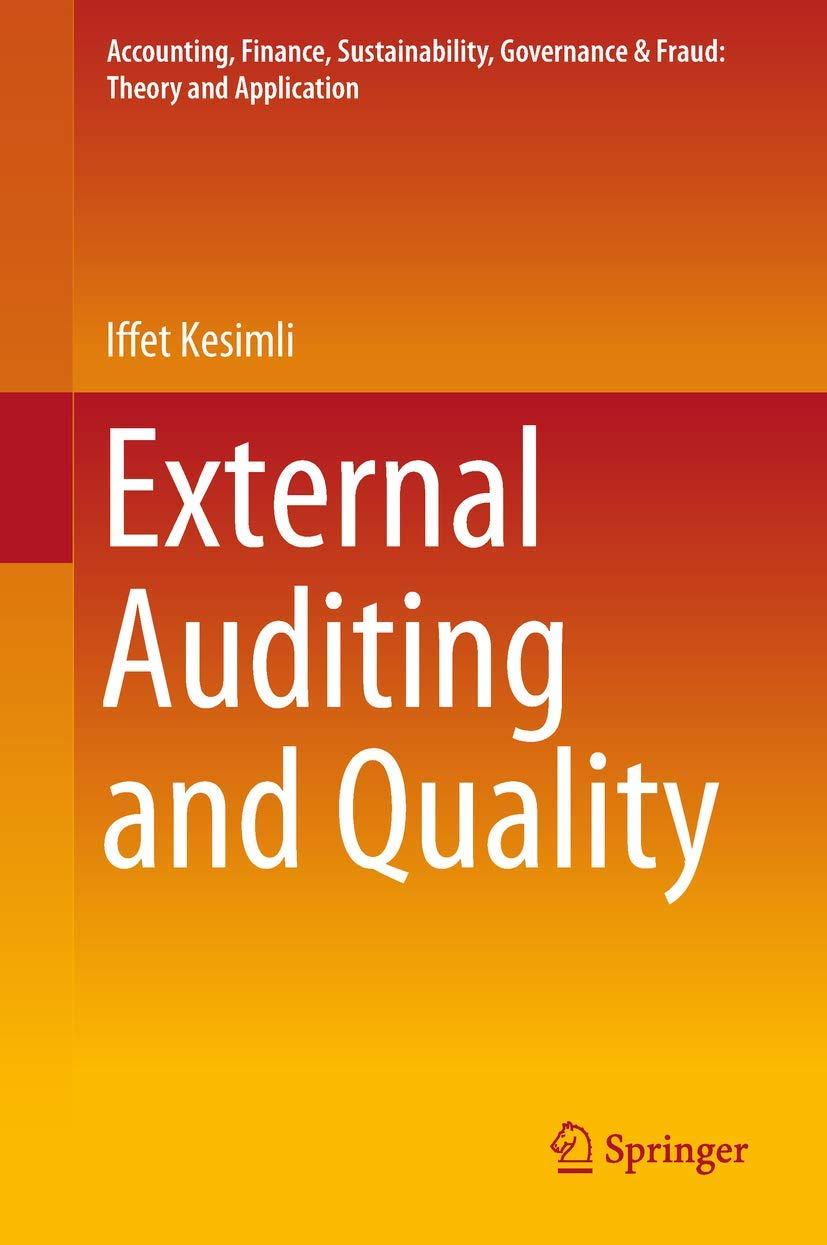8 Benson Enterprises is evaluating alternative uses for a three-story manufacturing and warehousing building that it has purchased for $1,480,000. The company can continue to rent the building to the present occupants for $64,000 per year. The present occupants have indicated an interest in staying in the building for at least another 15 years. Alternatively, the company could modify the existing structure to use for its own manufacturing and warehousing needs. Benson's production engineer feels the building could be adapted to handle one of two new product lines. The cost and revenue data for the two product alternatives are as follows: 10 points Initial cash outlay for building modifications Initial cash outlay for equipment Annual pretax cash revenues (generated for 15 years) Annual pretax expenditures (generated for 15 years) Product A Product B $ 98,000 $128.000 198,000 233,000 186,000 221.000 73,000 93,000 eBook References The building will be used for only 15 years for either Product A or Product 8. After 15 years the building will be too small for efficient production of either product line. At that time, Benson plans to rent the building to firms similar to the current occupants. To rent the building again, Benson will need to restore the building to its present layout. The estimated cash cost of restoring the building if Product A has been undertaken is $58,000. If Product B has been manufactured, the cash cost will be $83,000. These cash costs can be deducted for tax purposes in the year the expenditures occur. Benson will depreciate the original building shell over a 30-year life to zero, regardless of which alternative it chooses. The building modifications and equipment purchases for either product are estimated to have a 15-year life. They will be depreciated by the straight-line method. The firm's tax rate is 38 percent, and its required rate of return on such investments is 12 percent. Assume all cash flows occur at the end of the year. The initial outlays for modifications and equipment will occur today (Year O), and the restoration outlays will occur at the end of Year 15. What is the NPV of the decision to continue to rent? (Do not round intermediate calculations and round your answer to 2 decimal places, e.g., 32.16.) eBook References modifications and equipment purchases for either product are estimated to have a 15-year life. They will be depreciated by the straight-line method. The firm's tax rate is 38 percent, and its required rate of return on such investments is 12 percent Assume all cash flows occur at the end of the year. The initial outlays for modifications and equipment will occur today (Year O), and the restoration outlays will occur at the end of Year 15. What is the NPV of the decision to continue to rent? (Do not round intermediate calculations and round your answer to 2 decimal places, e.g., 32.16.) NPV What is the NPV for modifying the building to manufacture Product A? (Do not round intermediate calculations and round your answer to 2 decimal places, e.g., 32.16.) NPV What is the NPV for modifying the building to manufacture Product B? (Do not round intermediate calculations and round your answer to 2 decimal places, e.g., 32.16.) NPV $








